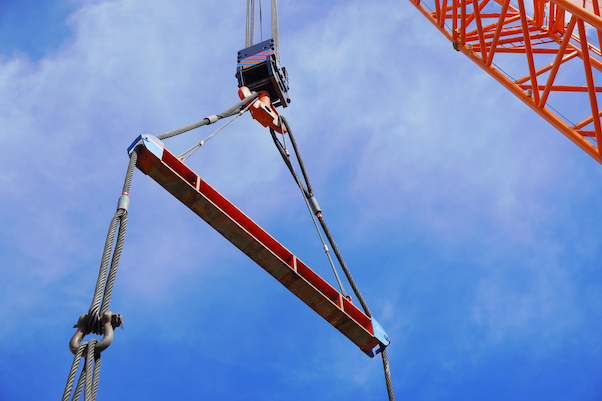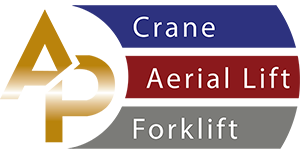Services
Aerial Lift TrainingForklift Operator Certification
Instructor Courses
Mobile Crane Operator Certification
Online Training
Crane Operator Training
Overhead Crane Training
Rigging and SignalPerson Training
All Purpose Crane Training offers crane operator training on-site or off-site. Providing National accredited crane operator certification meeting OSHA ANSI standards for crane operators to become certified.
1926.1401
1926.1402
1926.1403
1926.1404
1926.1405
1926.1406
1926.1407
1926.1408
1926.1409
1926.1410
1926.1411
1926.1412
1926.1413
1926.1414
1926.1415
1926.1416
1926.1417
1926.1418
1926.1419
1926.1420
1926.1421
1926.1422
1926.1423
1926.1424
1926.1425
1926.1426
1926.1427
1926.1428
1926.1429
1926.1430
1926.1431
1926.1432
1926.1433
1926.1434
1926.1435
1926.1436
1926.1437
1926.1438
1926.1439
1926.1440
1926.1441
1926.1442

- (a) Boom free fall prohibitions.
- (1) The use of equipment in which the boom ls designed to free fall (live boom) is prohibited in each of the following circumstances:
- (i) An employee is in the fall zone of the boom or load,
- (ii) An employee is being hoisted.
- (iii) The load or boom is directly over a power line, or over any part of the area extending the Table A of 1926.1408 clearance distance . To each side of the power line; or any part of the area extending the Table A clearance distance to each side of the power line is a within the radius of vertical travel of the boom or the load.
- (iv) This load is over a shaft, except where there are no employees in the shaft.
- (v) The load is over a cofferdam, except where there are no employees in the fall zone of the boom or the load.
- (vi) Lifting operations are taking place in a refinery or tank farm.
- (2) The use of equipment in which the boom is designed to free fall (live boom) is permitted only where none of the circumstances listed in paragraph (a)(1) of this section are present and:
- (i) The equipment was manufactured prior to October 31, 1984; or
- (ii) The equipment is a floating crane/derrick or a land crane/derrick on a vessel/flotation device.
- (b) Preventing boom free fall.Where the use of equipment with a boom that is designed to free fall (live boom) is prohibited, the boom hoist must have a secondary mechanism or device designed to prevent the boom from falling in the event the primary system used to hold or regulate the boom hoist fails, as follows:
- (1) Friction drums must have:
- (i) A friction clutch in addition, a braking device( to allow for controlled boom lowering.
- (ii) A secondary braking or locking device, which is manually or automatically engaged, to back-up the primary brake while the boom is held (such as a secondary friction brake or a ratchet and pawl device).
- (2) Hydraulic drums must have an integrally mounted holding device or internal static brake to prevent boom hoist movement in the event of hydraulic failure.
- (3) Neither clutches nor hydraulic motors must be considered brake or locking devices for purposes of this subpart.
- (4) Hydraulic boom cylinders must have an integrally mounted holding device
- (c) Preventing uncontrolled retraction.Hydraulic telescoping booms must have an integrally mounted holding device to prevent the boom from retracting in the event of hydraulic failure.
- (d) Load line free fall. In each of the following circumstances, controlled load lowering is required and free fall of the load line hoist ls prohibited
- (1) An employee is directly under the load.
- (2) An employee is being hoisted.
- (3) The load is directly over a power line, or over any part of the area extending the Table A of 1926.1408 clearance distance to each side of the power line; or any part of the area extending the Table A of 1926.1408 clearance distance to each side of the power line is within the radius of vertical travel of the load.
- (4) The load is over a shaft.
- (5) The load is over a cofferdam, except where there are no employees in the fall zone of the load.
